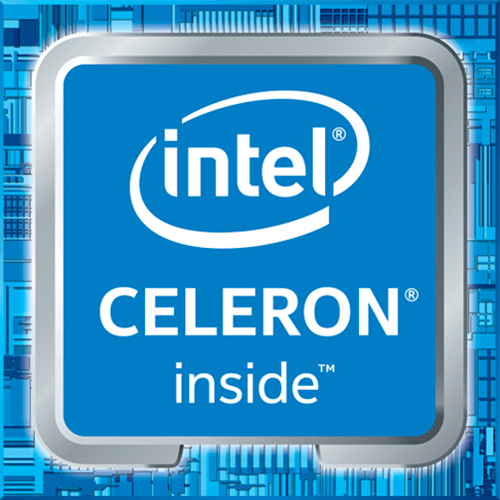
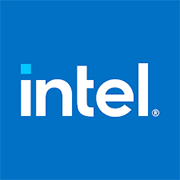
Intel® Celeron® Processors deliver unmatched value for education, collaboration, and play. Come see how you can accomplish more.
Intel® Celeron® processors are built for performance and value you can count on for affordable, entry level PCs and devices.
Entry Level PCs Give More People Access to A?ordable Computing
Intel is innovating with dedicated processors for the entry level PC market to help make computing accessible to more people by lowering overall platform cost. Intel Pentium Silver and Celeron processors continue to bring novel features like integrated Gigabit Wi-Fi, integrated IPU, 4K display and media support and long battery life to entry level PC.
Key Specs - Comms Express Part No INTBX80701G5920:
Model
Intel® Celeron® Processor G5920
Product Collection
Intel® Celeron® Processor G Series
Vertical Segment
Desktop
Processor Number
G5920
CPU Specifications
Processor Base Frequency
3.5 GHz
Cache
2 MB Intel® Smart Cache
TDP
(Thermal Design Power)
58 W
Memory Specifications
Max Memory Size
(dependent on memory type)
128 GB
Processor Graphics
Intel® UHD Graphics 610
Graphics Base Frequency
350 MHz
4K Support
Yes, at 60Hz
# of Displays Supported
3
Package Specifications
TJUNCTION
100°C
Package Size
37.5mm x 37.5mm
Advanced Technologies
Intel® Optane™ Memory Supported
Yes
Expansion Options
PCI Express Configurations
Up to 1x16, 2x8, 1x8+2x4
Max # of PCI Express Lanes
16
You can download a full specifications comparison sheet of Intel Celeron Processors from our "Documentation" section (above):
Entry PC for Primary and Secondary Education
With technology rapidly changing the workplace, more jobs will require computer skills. Incorporating PCs in primary and secondary education prepares students for future as more and more jobs require programming skills, understanding arti?cial intelligence, machine learning and operating robots. Connected PCs bring a wealth of information to classrooms and access to a variety of online open courses for self-paced learning.
Innovative digital curriculum to make students creative problem solvers.
Curated and personalized learning through a performance evaluation feedback loop.
Collaborate with other students in class locally and globally
Classroom PC to Cloud based Learning Management Solution connectivity makes student and school performance tracking instantaneous and seamless.
Continued access to digital content anywhere, anytime from any device



Intel® Celeron® Processors deliver unmatched value for education, collaboration, and play. Come see how you can accomplish more.
Intel® Celeron® processors are built for performance and value you can count on for affordable, entry level PCs and devices.
Entry Level PCs Give More People Access to A?ordable Computing
Intel is innovating with dedicated processors for the entry level PC market to help make computing accessible to more people by lowering overall platform cost. Intel Pentium Silver and Celeron processors continue to bring novel features like integrated Gigabit Wi-Fi, integrated IPU, 4K display and media support and long battery life to entry level PC.
Key Specs - Comms Express Part No INTBX80701G5900:
Model
Intel® Celeron® Processor G5900
Product Collection
Intel® Celeron® Processor G Series
Vertical Segment
Desktop
Processor Number
G5900
CPU Specifications
Processor Base Frequency
3.4 GHz
Cache
2 MB Intel® Smart Cache
TDP
(Thermal Design Power)
58 W
Memory Specifications
Max Memory Size
(dependent on memory type)
128 GB
Processor Graphics
Intel® UHD Graphics 610
Graphics Base Frequency
350 MHz
4K Support
Yes, at 60Hz
# of Displays Supported
3
Package Specifications
TJUNCTION
100°C
Package Size
37.5mm x 37.5mm
Advanced Technologies
Intel® Optane™ Memory Supported
Yes
Expansion Options
PCI Express Configurations
Up to 1x16, 2x8, 1x8+2x4
Max # of PCI Express Lanes
16
You can download a full specifications comparison sheet of Intel Celeron Processors from our "Documentation" section (above):
Entry PC for Primary and Secondary Education
With technology rapidly changing the workplace, more jobs will require computer skills. Incorporating PCs in primary and secondary education prepares students for future as more and more jobs require programming skills, understanding arti?cial intelligence, machine learning and operating robots. Connected PCs bring a wealth of information to classrooms and access to a variety of online open courses for self-paced learning.
Innovative digital curriculum to make students creative problem solvers.
Curated and personalized learning through a performance evaluation feedback loop.
Collaborate with other students in class locally and globally
Classroom PC to Cloud based Learning Management Solution connectivity makes student and school performance tracking instantaneous and seamless.
Continued access to digital content anywhere, anytime from any device


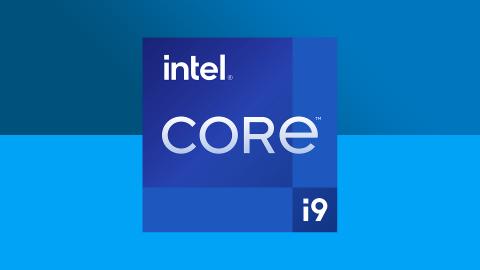
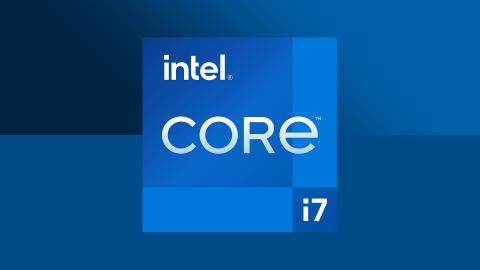
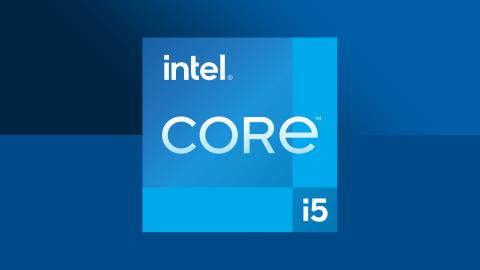
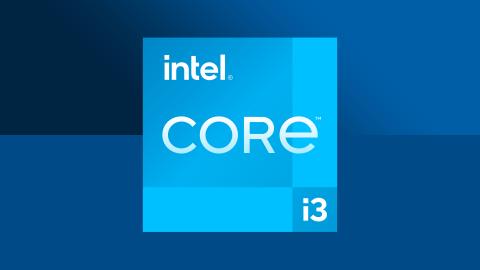
- Review: The 10 Best Wireless Access Points
- Review: The Top 10 Best Ethernet Cables
- What Is An Ethernet Cable And What Does It Do?
- 10 Best CCTV Security IP Cameras For Home & Business
- Review: Best Powerline Adapters In The UK
- Celebrating 20 Years Of Comms Express!
- The Top 10 DrayTek Wireless Access Points
- Best Selling APC Products At Comms Express
- Review: Top 5 Best Performing APC Uninterruptible Power Supply Units (UPS)
- Review: Top 10 Best PDU’s












